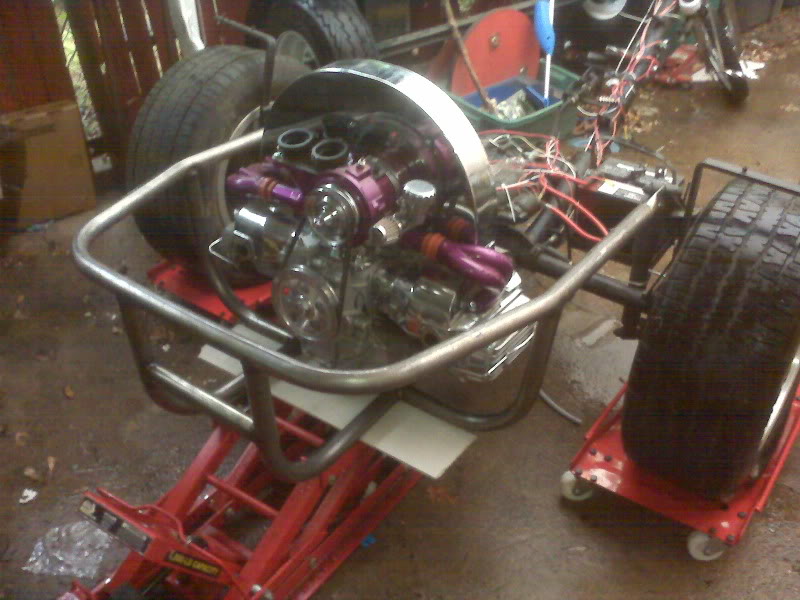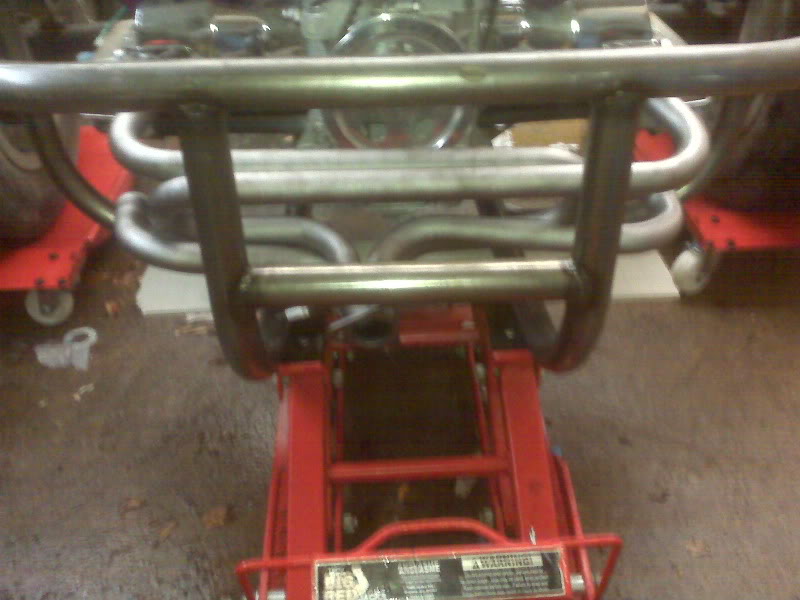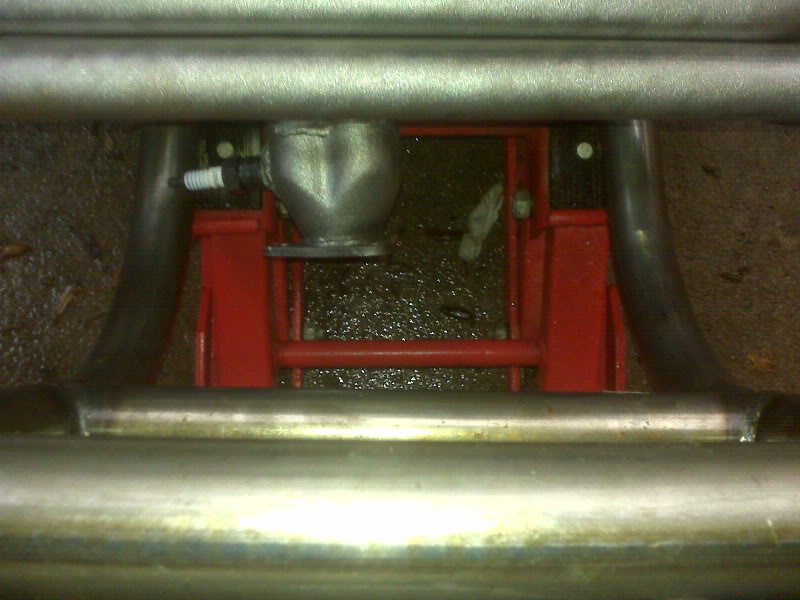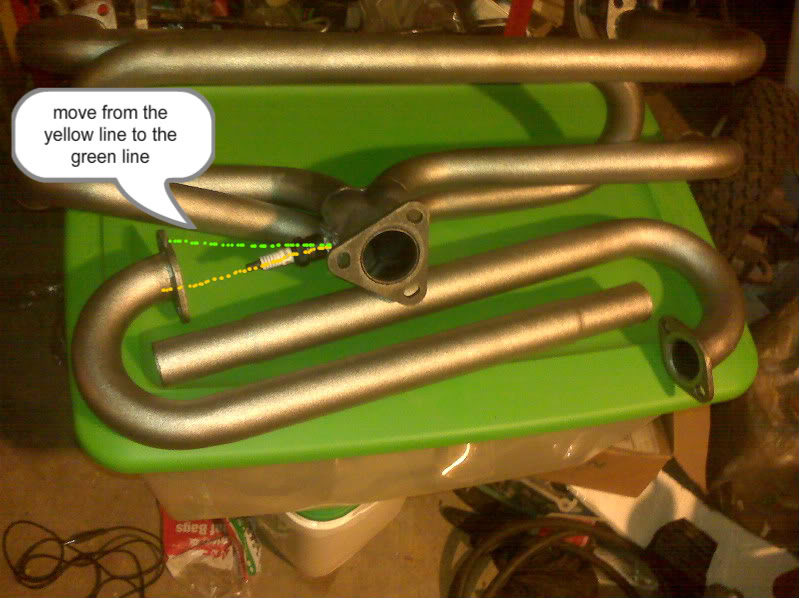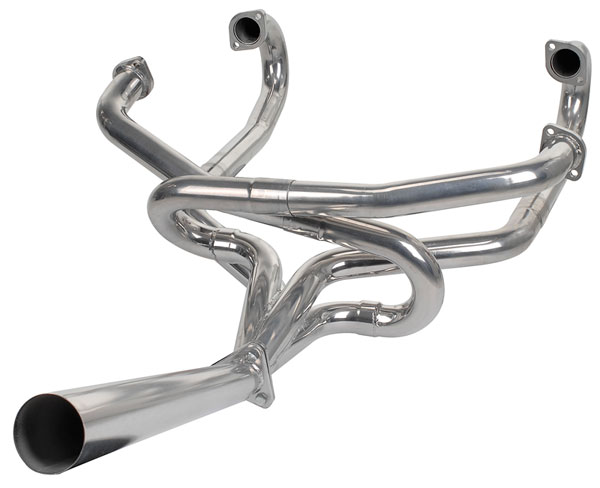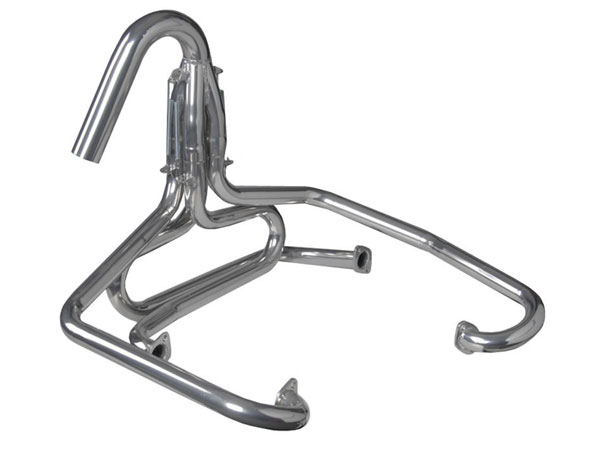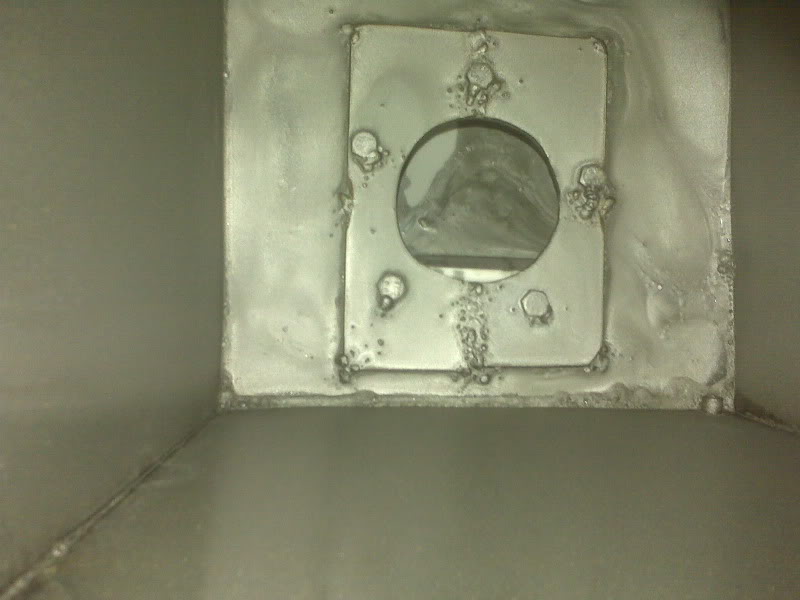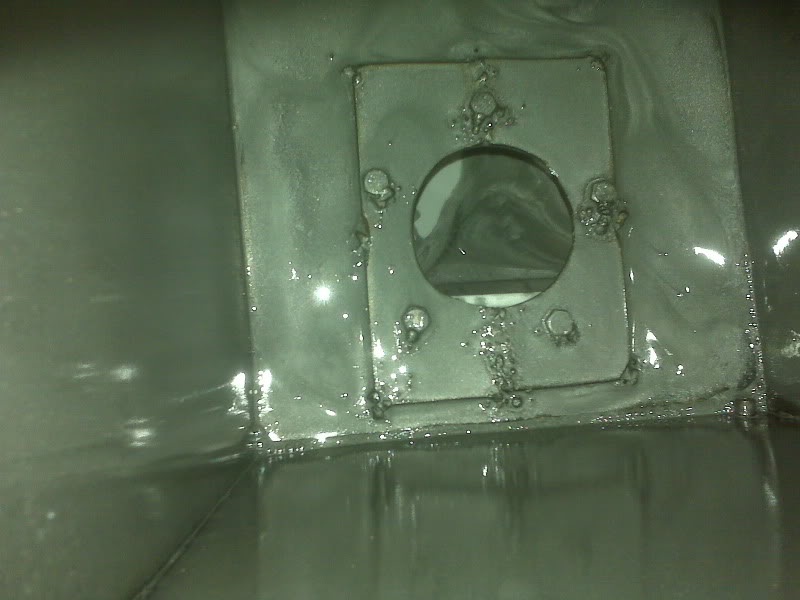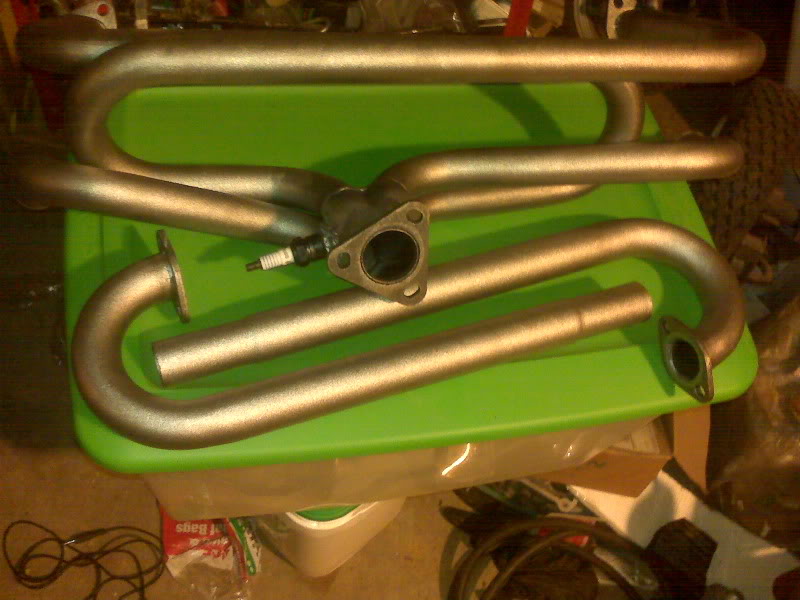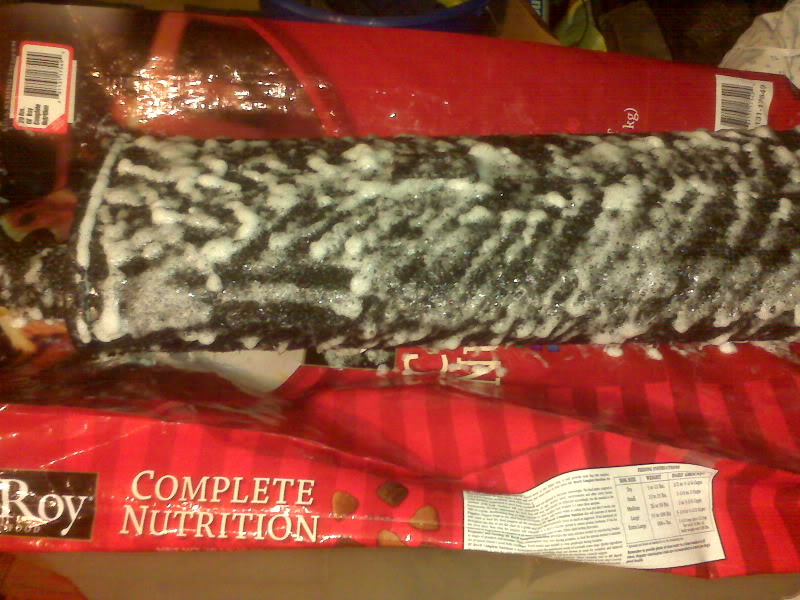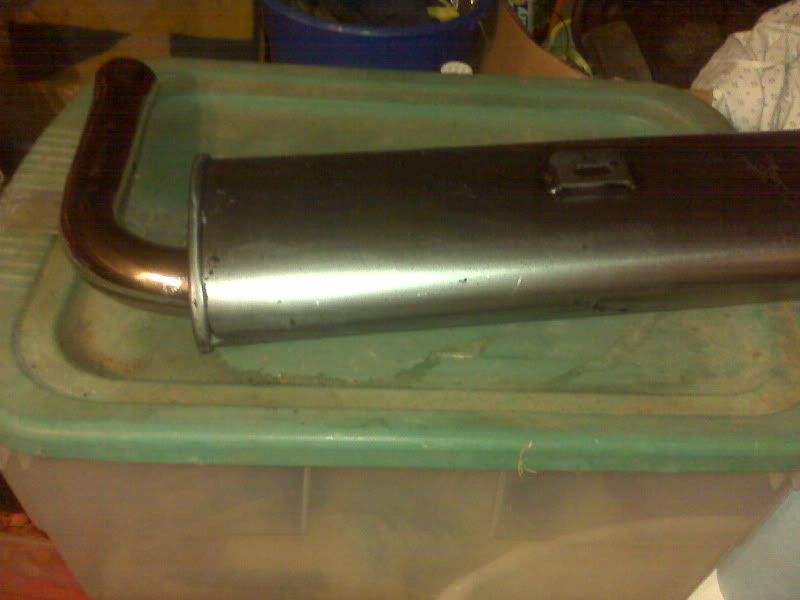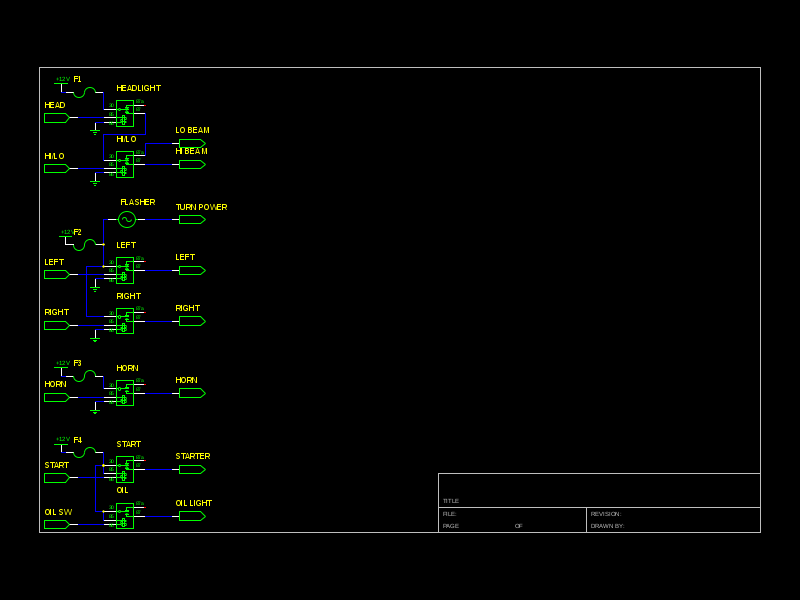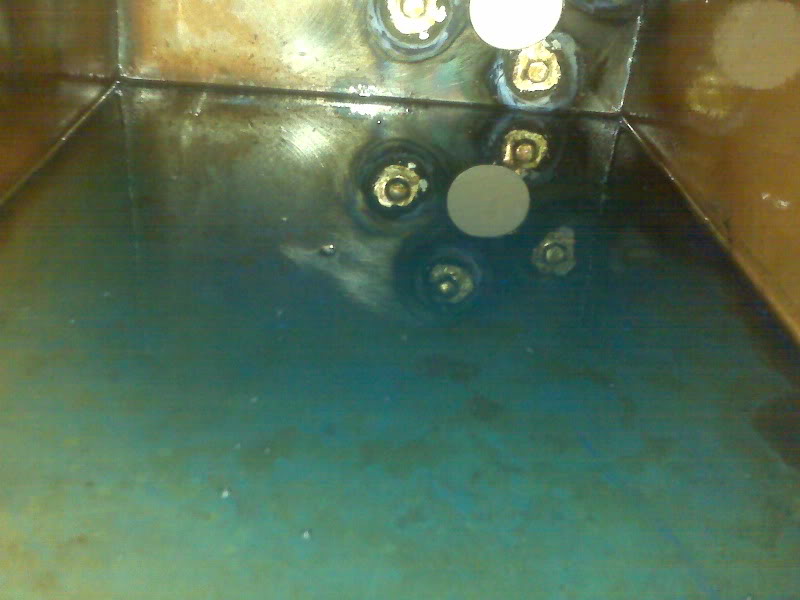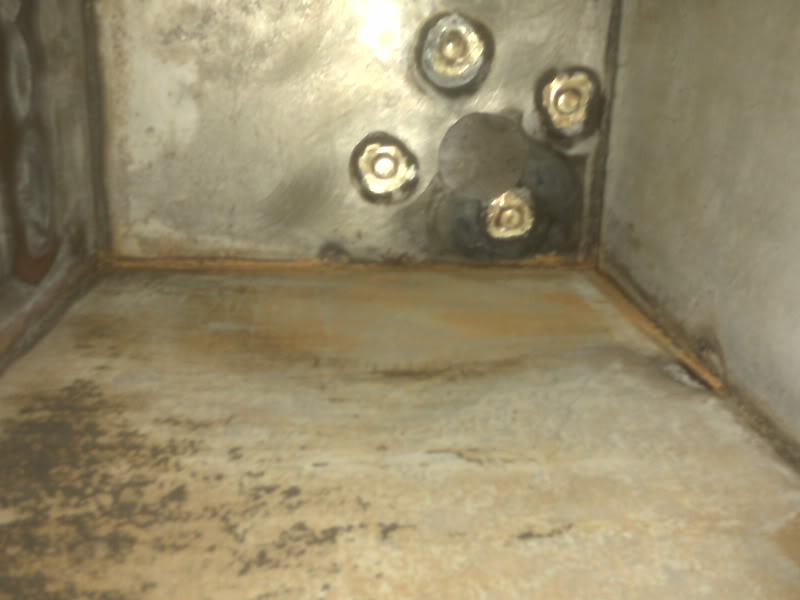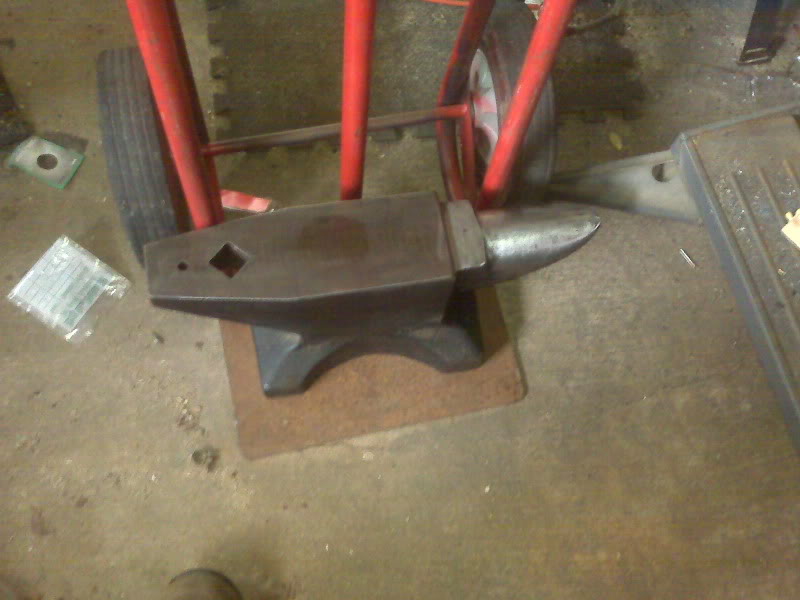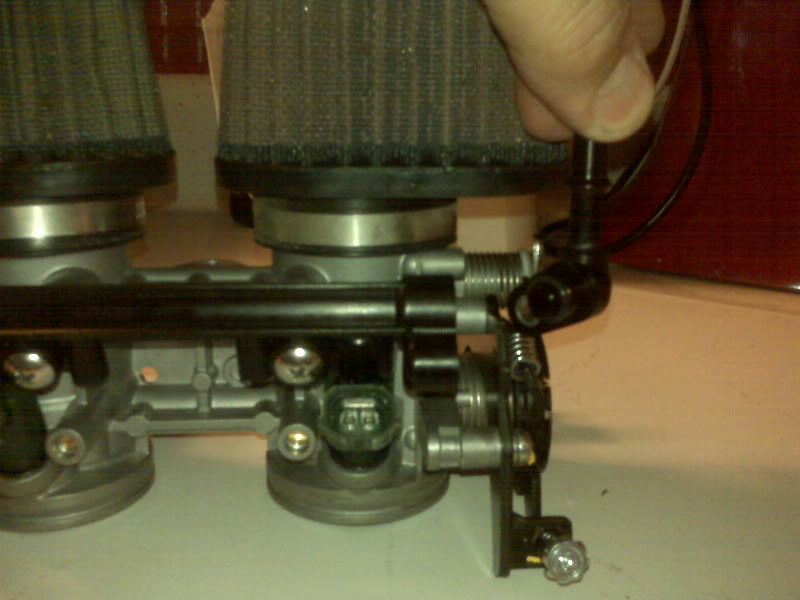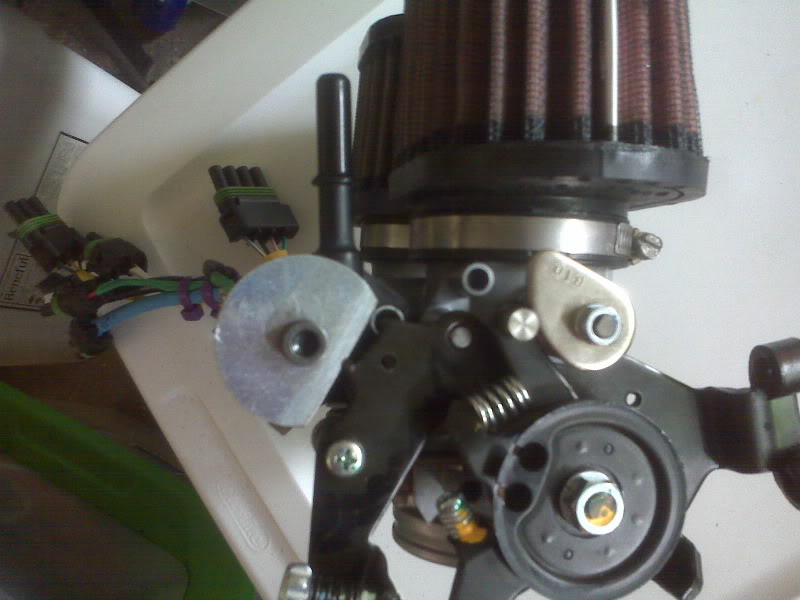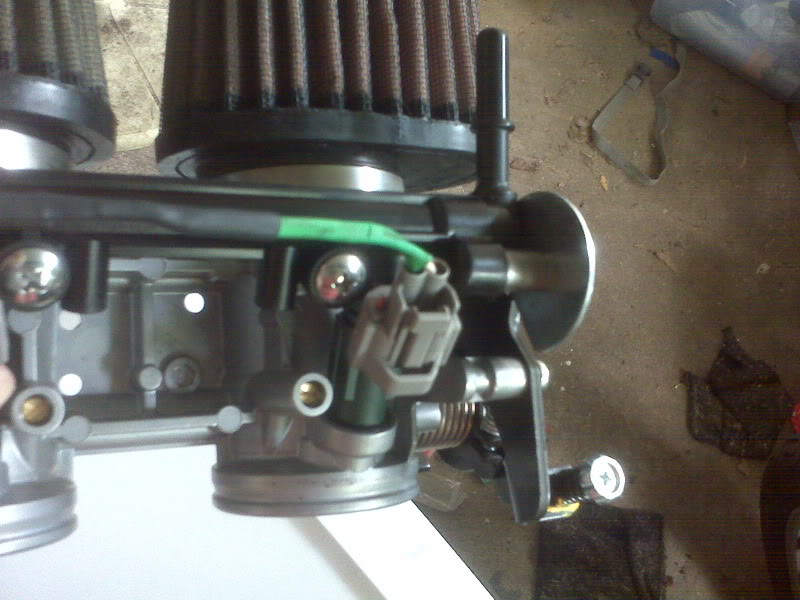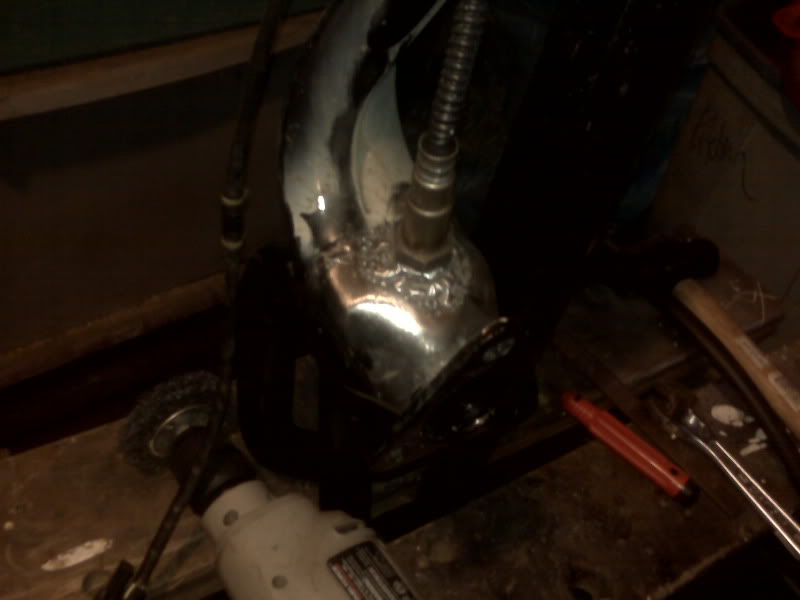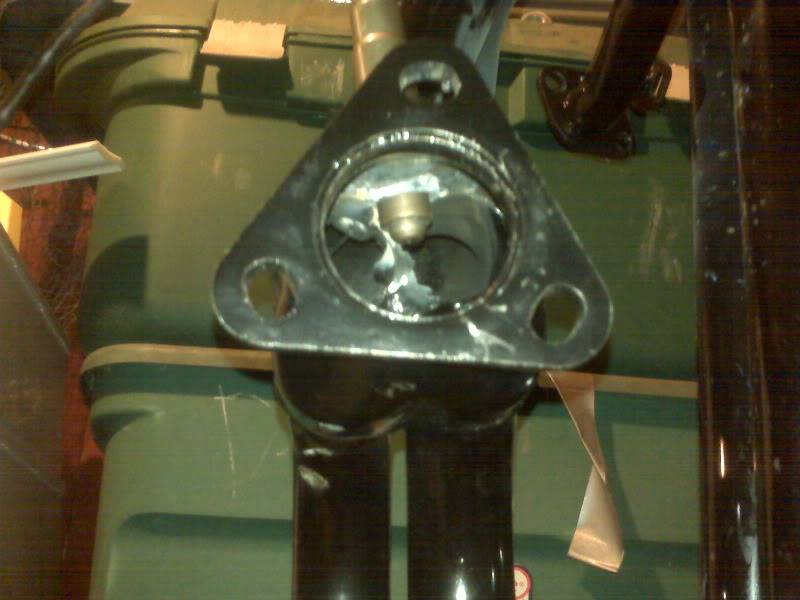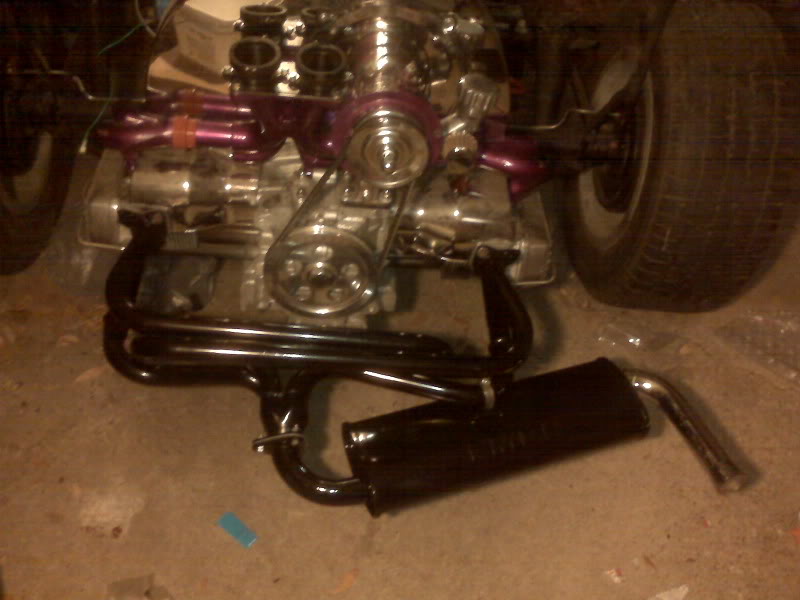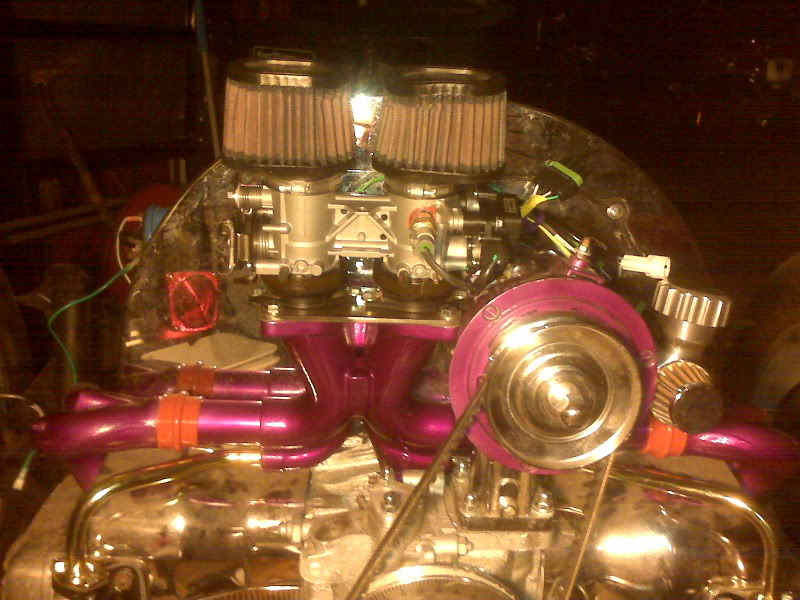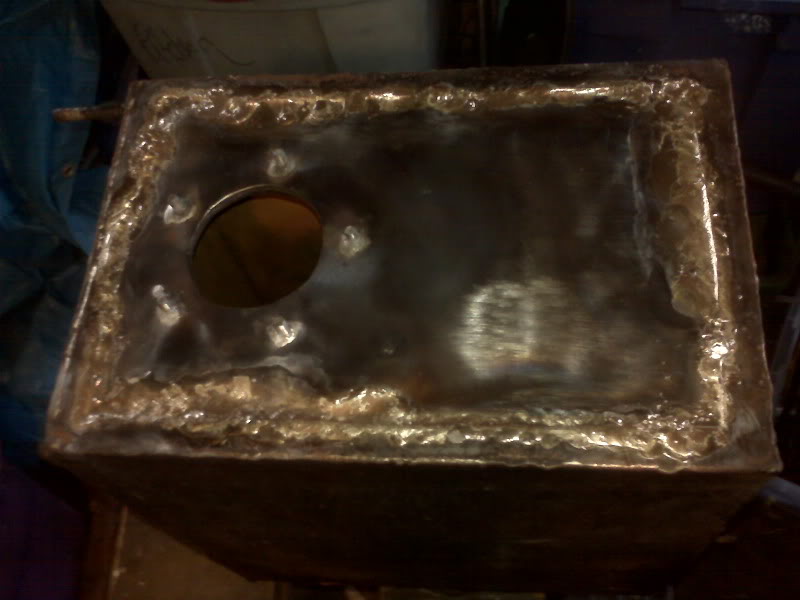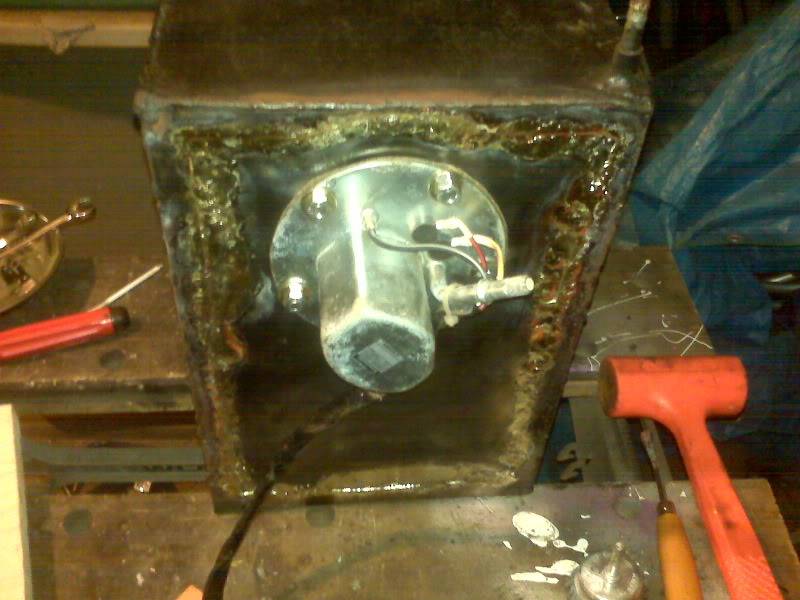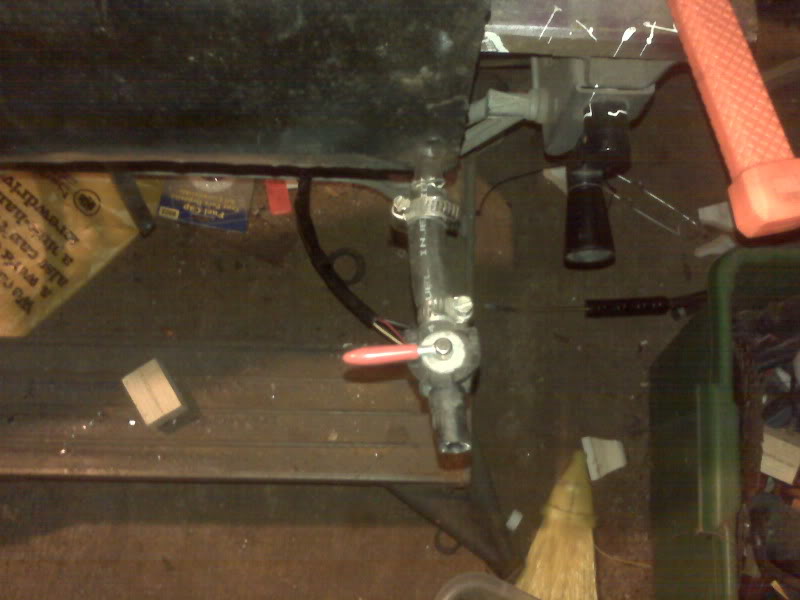I have been trying to keep subjects that are EFI specific on the EFI page and other work here. For a long time, little was done on the Dragon trike that wasn’t directly related to the EFI project, so posting has been sparse over here. Well, that’s changing. There is still PLENTY to do on the engine, but in order to have something to be riden the engine is running, I need to get crackin’ on the rest of the project.
By far, the biggest must-do is wiring. When I acquired the trike, it had just enough wiring to start and run the engine. It did not even charge the battery. There was a toggle switch and a push button mounted on a little rectangle of wood, secured to a screwhole in the left cooling tin. All the basic engine wiring was there, battery, distributor, ballast resistor, ignition coil, anti-runon solenoid, electric choke and starter. The alternator worked but was not connected to charge the battery. I had, in fact, taken it around the neighborhood where, once killing the engine with bad clutching I had to pull over, make sure it was in neutral but not rolling, get off, run around back, restart the engine, get back on and ride off.
I digress.
I’m picky about the wiring and I want a few nice features, so it will be a fairly extensive project, but it will be reliable and easy to troubleshoot. Easy to troubleshoot is important because I have DIY electronic fuel injection, an electronic gauge that includes speedometer, tachometer, fuel level and several indicator lights, a switch pod with turn signals, hi and low headlights, starter and horn and lighting will include headlights, marker lights, turn signals, driving lights and backup lights, not to mention that some kind of effects lighting will probably be done, too. Phasers and photon torpedoes will be in phase III.
All of this stuff will be wired with an eye toward computer controlling the whole thing someday.
Besides wiring, I need to make a couple of minor adjustments to properly fit the body to the frame (which will probably affect how the shifter mounts), a footrest for the short term and a floorboard for the long term and while the front wheel is kinda serviceable, I don’t really trust it for any kind of long trip.
In Texas, there is some confusion as to whether one needs brakes on all wheels. Texas Transportation Code, Chapter 547, indicates that front brakes are not required if braking performance meets certain criteria, which are pretty accessible to all the rear-brake only trikes I’ve seen. The annual inspection procedure, however, seem to require brakes on all wheels with no allowance for exceptions, at least none that I have found. I am not a lawyer; I do not play one on TV.
It needs upholstery of some sort and I have the baja bumper to mount.
Oh, yeah, the title of this post is “Dragon Trike Bumper and Exhaust Stuff”… betcha thought I forgot about that….
Long story short, I had my exhaust system and while I was waiting for the bumper to arrive, I welded in a bung for the O2 sensor and had the system shot peened to remove the crappy factory paint. While the bumper arrived a few days before, it was Saturday before I got to mock it up to see how it was going to fit. Then I put the exhaust header on and found that the bumper and the exhaust interfere in two places.
First thing I noticed is that the O2 sensor hits the bumper. There are a couple of ways to get around that. I think I will try heating the area around the bung and bending to make it sit parallel to the ground. If that doesn’t look like it will work, I can just plug that fitting and put in another, probably on the opposite side.
The other thing is that the muffler supplied with the header is made for a sedan and the bumper is not. The easiest solution is to ditch the muffler (probably too quiet, anyway) and bolt on something else, most likely a stinger.
The muffler and O2 sensor placement will also affect the placement of the planned receiver hitch. I have a 2″ receiver hitch tube ready to weld to something, probably the bumper. I thought about putting a ball on a plate, as it often done for trikes, but the 2″ receiver hitch leaves a lot of options. It’s not like I’ll be pulling around an RV, but being able to put on a ball, or a cargo rack or even a bike rack, not to mention more lighting, is appealing. If things go according to my current theories, the hitch tube will go a bit right of center on the bumper.
